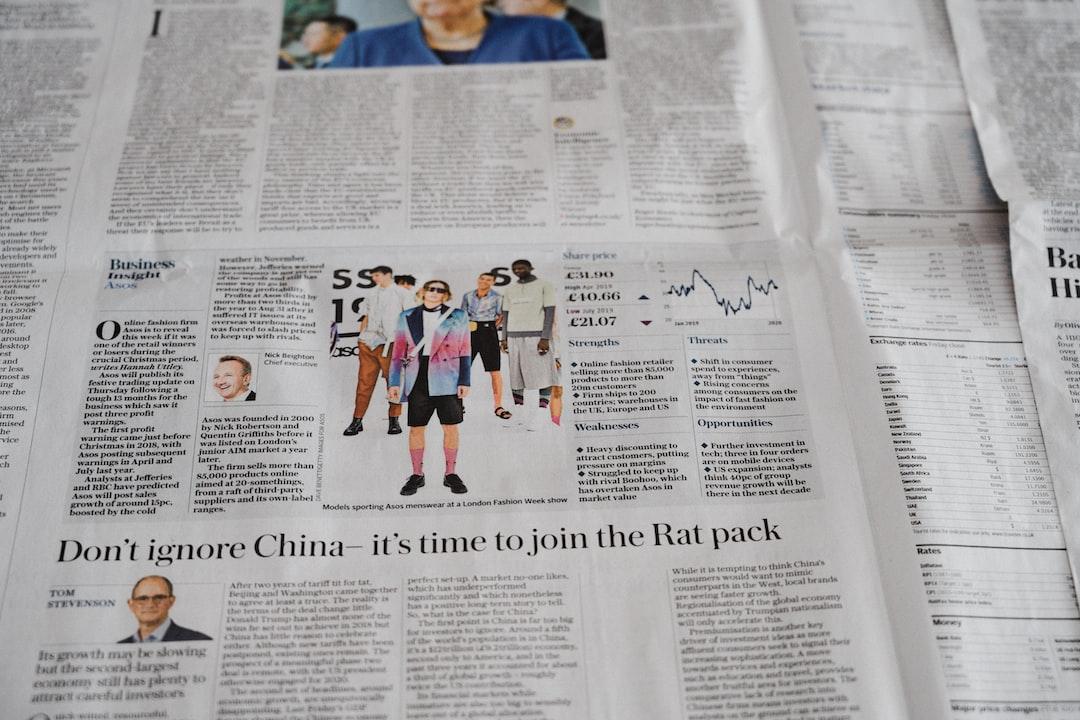This article uses 15 data charts to review the history of Bitcoin ordinals, from 0 to nearly $3 billion in market value, and the development of the Bitcoin ecosystem.
Table of Contents:
Ordinals open the Pandora’s Box of the Bitcoin ecosystem
Bitcoin Punks lead the first appearance of Ordinals
BRC-20 ignites Bitcoin Ordinals
OKX shines in the layout of ordinals
Sophon targets BRC-20 and sweeps the market with robots
ORDI successively goes online on top exchanges OKX and Binance
Ordinal activities take turns to conduct “stress tests” on major public chains
Ordinal narratives are expected to become a new potential growth point for Bitcoin miners’ income
External crisis: Bitcoin Core client developer Luke Dashjr calls for the prohibition of ordinals
Internal crisis: Domo, the creator of BRC-20, and the largest indexer UniSat have consensus differences
The diversification of ordinal asset types in the ordinal ecosystem cannot be ignored
The Runes protocol proposed by the founder of Ordinals is highly anticipated
Atomicals protocol based on the UTXO model demonstrates potential
Airdrops to Bitcoin degen players may become the norm, RSIC’s first high-value airdrop
Exploring the path of Bitcoin’s expansion, BTC L2 sees explosive growth
After ORDI, the first ordinal token on the BRC-20 protocol, was listed on the Binance exchange last year, Bitcoin ordinals exploded, and then major public chains followed suit, deploying ordinal protocols. This article uses 15 images to review the entire process of Bitcoin ordinals, from 0 to 1.
Ordinals open the Pandora’s Box of the Bitcoin ecosystem

(Source: https://dune.com/dgtl_assets/bitcoin-ordinals-analysis)
In December 2022, Casey introduced the Ordinals protocol, opening the Pandora’s Box of the Bitcoin ecosystem. The Ordinals protocol assigns a unique serial number to each satoshi, and any user can inscribe additional information on the satoshis, including text, images, videos, and 3D models.
These inscriptions can be stored in Bitcoin wallets and tracked in Bitcoin transactions, with the same characteristics of immutability and decentralization as Bitcoin. Casey positioned it as a way to store something eternal and unchangeable on Bitcoin, initially used to create and store NFT collections. Currently, there are over 57 million Bitcoin ordinals, contributing over $230 million in fees.
Bitcoin Punks lead the first appearance of Ordinals
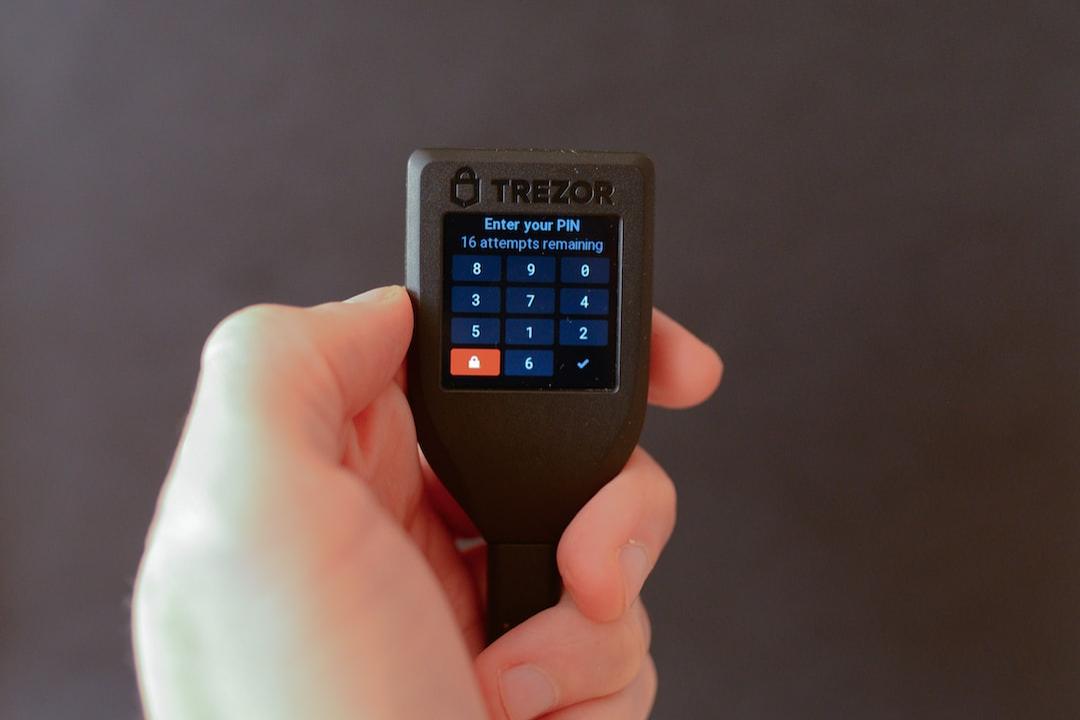
(Source: https://geniidata.com/user/orddata/bitcoin-punks)
On February 9, 2023, Bitcoin Punks, the first NFT on the Ethereum CryptoPunks bytecode uploaded to the Bitcoin chain using the Ordinals protocol, caused a sensation on social media. The total of 10,000 Bitcoin Punks was minted within less than two days since its birth on February 9 at 15:24. Initially, most people did not pay attention to Ordinals, thinking it was just another replication of Punks on a different blockchain, until the ordinals revolution brought by Ordinals became relevant to everyone.
BRC-20 ignites Bitcoin Ordinals

(Source: https://dune.com/dgtl_assets/bitcoin-ordinals-analysis)
In March 2023, an anonymous developer named domo launched BRC-20 based on the Ordinals protocol. BRC-20 is essentially a specific JSON text file used for transactions. The JSON file is an ordinal inscription with a unique identifier.
Each JSON file corresponds to a specific BRC-20 token. BRC-20 can be seen as a standard for issuing Bitcoin altcoins, with the feature of fair launch. After its launch, BRC-20 quickly ignited Bitcoin ordinals and gave rise to tens of thousands of tokenized inscriptions. Currently, about 95% of the ordinals on Bitcoin Ordinals are text-based tokens mainly represented by BRC-20.
OKX shines in the layout of ordinals

(Source: https://dune.com/domo/ordinals-marketplaces)
As the earliest mainstream centralized exchange to enter the ordinals sector, OKX has shown great advantages not only in terms of research and strategic planning by its team but also due to the technical reserve of OKLink behind it.
The OKX Web3 Wallet, which can be regarded as the best crypto product innovation of 2023, relies heavily on the service data behind OKLink for the experience of its built-in wallet. The continuous improvement of backend service stability enables the frontend product to meet user needs more effectively.
Currently, the OKX Web3 Wallet has become the first choice for ordinals users to enter the market, with a stable market share of over 60% in terms of trading volume and users. In November-December 2023, its market share even reached 80%-90%. On December 16, when the trading volume on the Bitcoin Ordinals chain reached a historic high of over $80 million, the OKX Web3 Wallet contributed nearly $74 million in trading volume.
Sophon targets BRC-20 and sweeps the market with robots

(Source: https://dune.com/queries/3381233)
In late September to mid-October 2023, BRC-20 faced one of its biggest crises since its inception, with on-chain minting almost dropping to zero due to a BRC-20 attack robot called “Sophon” created by an anonymous developer named Rijndael.
The Sophon robot monitors BRC-20 deployments in Bitcoin transactions using the “first come, first served” deployment mechanism and the transparency of most Bitcoin transactions. It then broadcasts similar inscriptions with the same token code at a higher fee rate, replacing other BRC-20 deployment transactions and making its replicated BRC-20 tokens the “official” ones.
In addition, Sophon sets the deployment of each token to 1, making each deployed token have a unique owner, causing on-chain minting activities to stall. Fortunately, Rijndael is not a hacker, and running Sophon requires considerable expenses. After running for a while, Sophon was eventually shut down and donated to the open-source software opensats.
ORDI successively goes online on top exchanges OKX and Binance
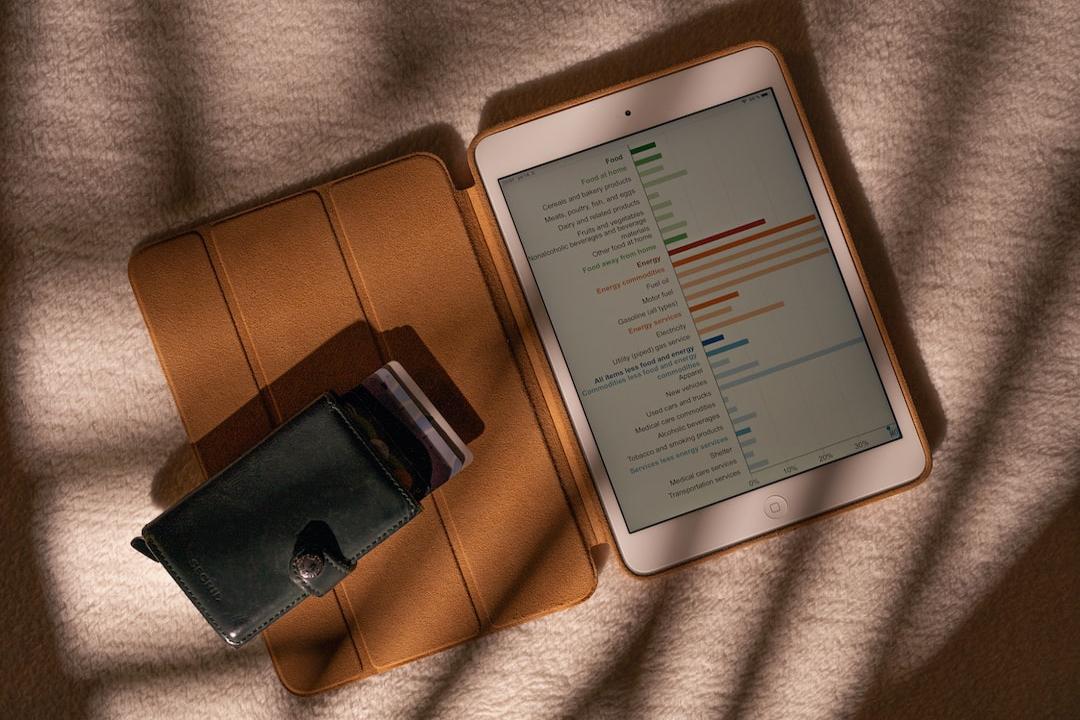
(Source: https://coinmarketcap.com/currencies/ordi/)
As the first ordinal token on the BRC-20 protocol, ORDI experienced a surge of tens of thousands of times in less than a year, from its fair launch requiring only gas for minting to reaching over $90. During this process, more users became familiar with BRC-20 and the Ordinals protocol behind it. In May and November 2023, ORDI was listed on the OKX and Binance exchanges respectively and achieved a tenfold increase in just one month after being listed on Binance.
Subsequently, SATS also landed on Binance and OKX. The listing of ORDI and SATS on top exchanges enabled users to see the proactive attitude of exchanges towards ordinal assets and expected more ordinal tokens to be listed.
Ordinal activities take turns to conduct “stress tests” on major public chains
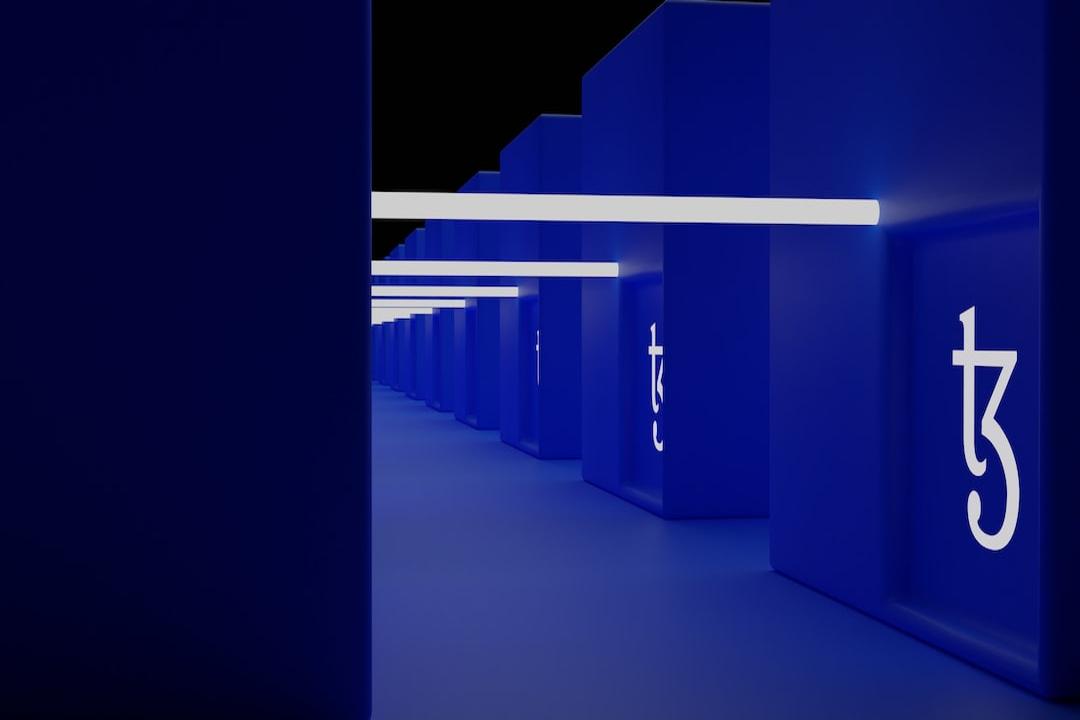
(Source: Chain Explorer)
In mid-November to December 2023, with the abundance of ordinal funds overflowing from Bitcoin to major EVM public chains, FOMO sentiment for the first ordinal asset quickly spread to major public chains, even including testnets. More than a dozen public chains suddenly burst out with millions or even tens of millions of transactions on a certain day, causing some chains to crash.
Ordinal narratives are expected to become a new potential growth point for Bitcoin miners’ income
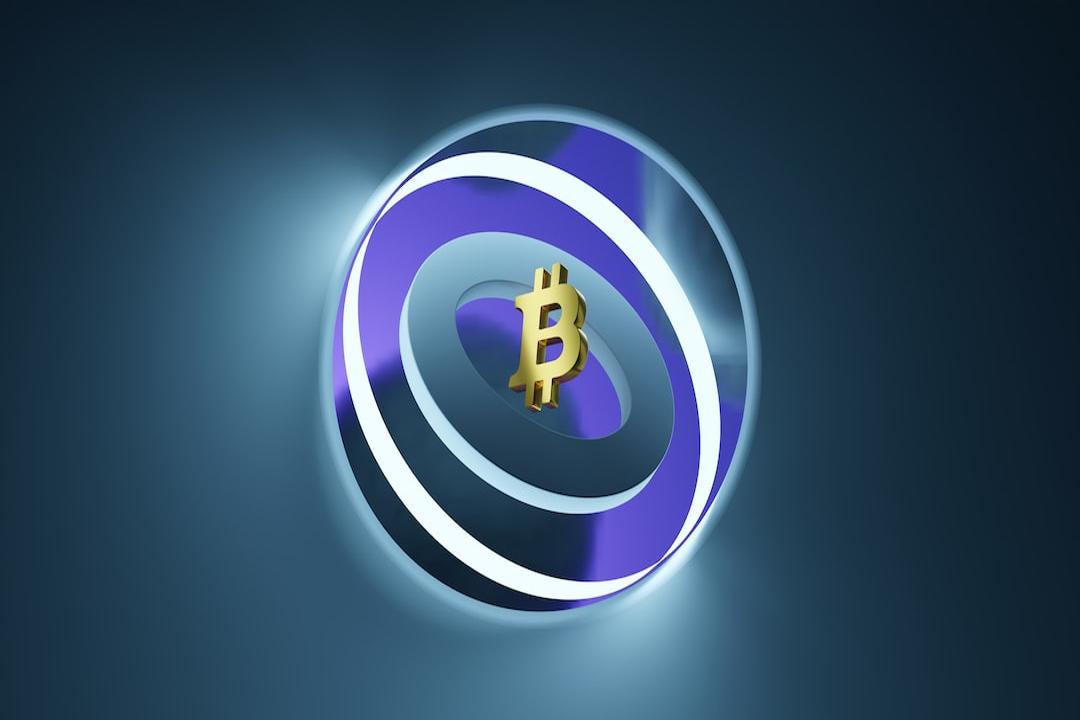
(Source: https://studio.glassnode.com/metrics?a=BTC&category=&m=fees.VolumeSum&s=1672531200&u=1706198399&zoom=)
Driven by ordinal activities, on December 16, 2023, Bitcoin’s transaction fees in terms of USD reached $23.69 million, setting a new historical high. Unlike the previous two peak fees occurring during bull markets in four-year cycles, 2023 is not considered a major bull market, which makes miners see the huge potential of ordinals in promoting Bitcoin network transaction fees. Especially as the halving approaches and mining rewards decrease, if the demand for ordinals can be sustained, it could significantly improve miners’ economic income.
External crisis: Bitcoin Core client developer LLuke Dashjr Calls for the Disabling of Datacarrier in Bitcoin Core
(Source: https://github.com/bitcoin/bitcoin/pull/28408)
Bitcoin Core client developer Luke Dashjr submitted PR #28408 to the Bitcoin Core Github in September 2023, proposing an update to “datacarriersize” to filter out transactions carrying new script data called “datacarrier.” On December 6, 2023, Luke criticized “datacarrier” on social media, claiming that it was exploiting a vulnerability in Bitcoin Core to launch spam attacks on the blockchain, and he hoped that the vulnerability could be fixed before the release of v27 in 2024. Luke categorized the controversial “datacarrier” as a Bitcoin bug and was determined to fix it, becoming the biggest external crisis faced by the Ordinals and other Bitcoin datacarrier protocols at the time.
The debate surrounding the inclusion of “datacarrier” in PR #28408 continued on the Bitcoin Core Github for a month, with over a hundred intense discussions. At the same time, various factions representing miners, developers, communities, and users engaged in heated debates on social media. However, due to significant differences in opinions and difficulty reaching a consensus, Bitcoin Core maintainer achow101 considered the PR to be controversial and ultimately closed it on January 5, 2024. With this, the external crisis surrounding the Bitcoin datacarrier protocol came to a temporary end. During this period, although the datacarrier asset ORDI was affected in the short term, it still rose by nearly 35% overall and reached a new all-time high.
Further reading:
Is Bitcoin Datacarrier Sentenced to Death? Core Developer Retorts: Vulnerability Will Be Fixed Next Year, BRC-20 Will Disappear!
Internal Crisis: BRC-20 Creator Domo and Leading Indexer UniSat’s Consensus Disagreement
BRC-20, based on the Ordinals protocol, is not native to the Ordinals protocol. When the Ordinals protocol is upgraded, BRC-20 faces the question of whether to follow the upgraded protocol.
Indexing is the essence of consensus. In order to maintain the stability of indexing, Domo froze BRC-20 at version ord v0.9 in November 2023. However, with the development of the Ordinals protocol, issues like the curse datacarrier problem that were previously unrecognizable have been fixed, bringing many new features. This puts BRC-20, which is frozen at ord v0.9, in a difficult position.
On January 3, 2024, UniSat, with the largest indexing consensus in the market, chose to upgrade BRC-20 to follow the Ordinals Jubilee. This contradicted the original intention of BRC-20 creator Domo, who criticized UniSat for forking BRC-20. Two factions emerged in the BRC-20 issue: the “stabilization faction” led by BestinSlot and Domo from the Layer 1 Foundation, and the “upgrading faction” represented by UniSat and Ordinals Wallet. BRC-20 faced an unprecedented internal crisis between its creator and the largest indexing consensus.
Although there were disagreements, both parties had good intentions for BRC-20. Through friendly communication, Domo and UniSat reached an agreement on January 5, two days later, to have BRC-20 follow the Ordinals upgrade. OKX and Binance also supported the BRC-20 upgrade to follow the Ordinals protocol. Although the crisis was resolved in a short period of time, it made people realize that assets derived from the Ordinals protocol in their early development stages are prone to consensus splits.
The diverse ecology of Ordinals datacarrier assets cannot be ignored.
(Source: https://dune.com/dgtl_assets/bitcoin-ordinals-analysis)
Although text-based datacarriers, led by BRC-20, dominate the datacarrier types, other types of datacarrier assets have never stopped developing and still have room for development in niche markets.
From Bitcoin Punks to Bitcoin Frogs to NodeMonkes, image-based assets represented by NFTs have maintained steady development. Their fully on-chain and immutable characteristics reflect the essence of NFT collectibles. 3D model-based assets represented by BRC-420 Blue Boxes showcase the imagination of building a metaverse on Bitcoin. On January 23, 2024, the number of minted model datacarrier assets reached a historical high of 61,000. Building applications on Bitcoin has become a reality.
The highly anticipated Runes protocol proposed by the founder of Ordinals
(Source: https://geniidata.com/user/jonsnft/degen)
Due to the adverse effects of the excessive increase in UTXOs caused by BRC-20, Casey, the founder of the Ordinals protocol, publicly criticized BRC-20 on social media on September 25, 2023, and proposed a new tokenization standard protocol called Runes. Runes balances are recorded and stored using UTXOs, and a single UTXO can contain any amount of Runes. Compared to BRC-20, UTXO-based Runes are more in line with the native characteristics of Bitcoin, reducing the harm caused by UTXO set expansion and the risk of consensus fragmentation due to reliance on external indexing.
The “official version” of the Runes protocol, launched by Casey, is scheduled to go live during the next Bitcoin halving. However, the vision of Runes has already been realized in some grassroots protocols, such as Rune Alpha, which has deployed COOK Rune tokens. PIPE Protocol, launched by datacarrier enthusiast Benny, has given birth to PIPE and other Rune tokens. RSIC’s new mining gameplay generates a certain type of Rune token that will be available after the Runes protocol goes live.
The potential of the Atomicals protocol based on the UTXO model
(Source: https://dune.com/0xmatsu0x/atomicals-vs-ordinals)
In September 2023, Arthur introduced the Atomicals protocol, an improved version of the Ordinals protocol based on the Bitcoin UTXO model. It features GPU Bitwork mining and defines three types of assets: NFTs, ARC-20, and Realms. ARC-20 is a colored SAT token standard, with each ARC-20 token backed by 1 SAT. Due to its closer alignment with the Bitcoin ecosystem, Atomicals is considered by the community to have the potential to succeed Ordinals and usher in a new era of datacarrier ecological prosperity. As it shares the same name as the basic unit of matter, Atomicals has given rise to a physical MEME culture, led by ATOM, and most other ARC-20 tokens are also named after physical terms. On January 1 and January 21, 2024, the minting and deployment activities of QUARK and SOPHON drove the daily minting and deployment numbers of Atomicals to surpass Ordinals.
Airdrops to Bitcoin degen players and RSIC’s first high-value airdrop
(Source: https://dune.com/keyinotc/rsic-airdrop)
On January 22, 2024, RSIC conducted an airdrop to 9.27k addresses, including active Ordinals addresses and holders of blue-chip BTC NFTs. The total supply of RSIC was 21,000, and the current floor price exceeded 0.036 BTC (approximately $1,500). This was the first time a datacarrier project conducted a high-value airdrop as a cold start. In the future, airdrops to active Bitcoin players may become more commonplace.
Exploring Bitcoin’s scalability path: BTC L2 experiences explosive growth
(Source: https://bitvm.gitbook.io/cn/btc-layer2/overview/detail)
According to statistics from the BitVM Chinese community, there are currently over 30 publicly available BTC L2 solutions, which can be categorized into sidechains, off-chain computation, Rollup, data availability, state channels, client verification, and others based on their characteristics. Sidechains include BEVM, MAP Protocol, and Merlin Chain, while Rollup includes QED Protocol, BitVM, and Bison. Data availability solutions include Veda and Nubit, and state channels include OmniBOLT and Lightning Network. Client verification is represented by RGB, and other solutions include Bool Network, Dovi, and Bitfinity Network. It is expected that more than 100 BTC L2 solutions will be available during this cycle.
In just one year of datacarrier development, various protocols and assets have emerged. However, for the majority of early-stage protocols, infrastructure related to indexing and data is not yet robust. Additionally, due to limitations in data mining capabilities for certain protocols, not all of them could be mentioned here.

